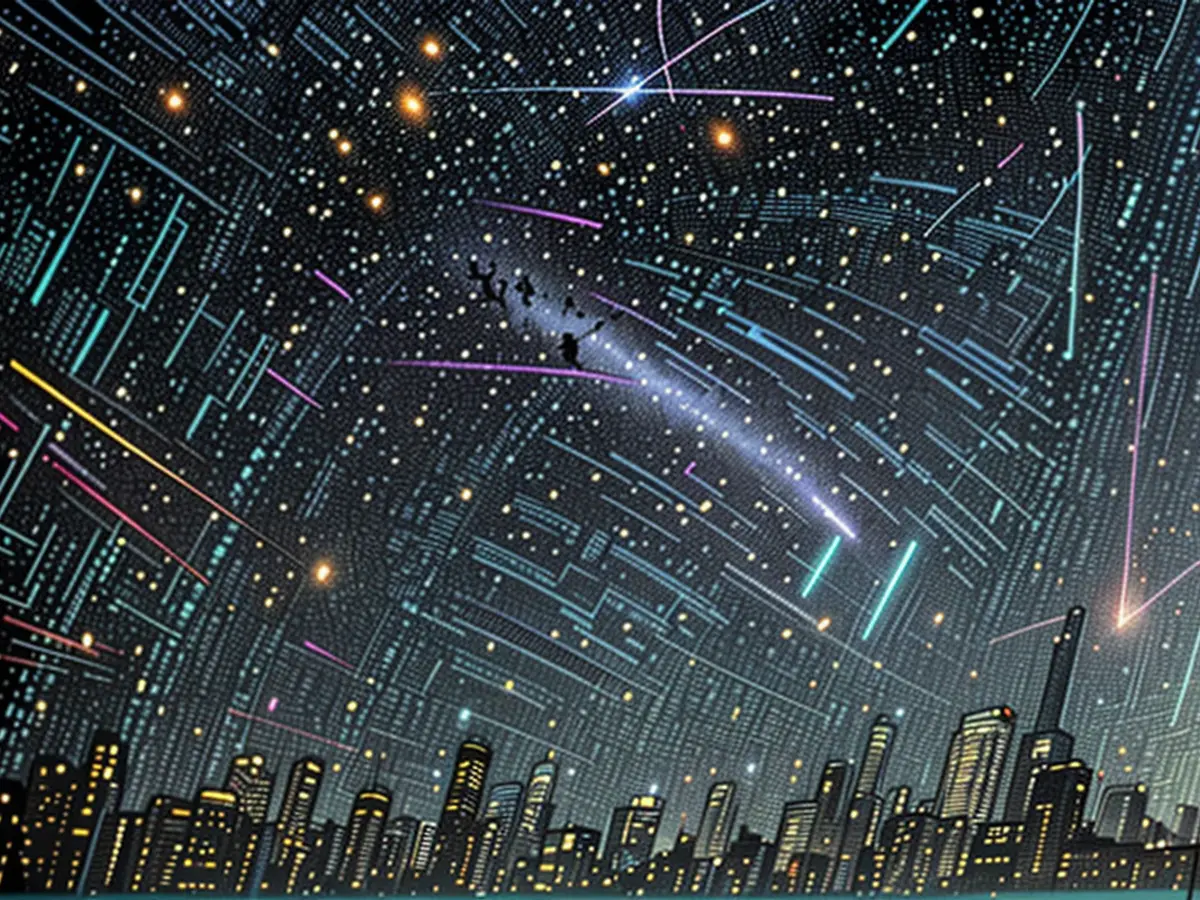Enhancing Online Connectivity for Improved Web Navigation - Space explorers express concern over Starlink's intentions for more luminous satellites
SpaceX is planning an upgrade for its Starlink satellite constellation, with the new phase aiming to provide global internet access through smartphones without needing extra antennas, thanks to Direct-To-Cell (DTC) satellites. However, astronomers worldwide are alarmed as these new satellites could be up to five times as bright as current Starlink satellites, according to a study by the International Astronomical Union (IAU).
On January 3rd this year, SpaceX launched six trial versions of these DTC satellites. After successful tests, SpaceX submitted an application to U.S. regulatory bodies for permission to launch 7500 DTC satellites, which will orbit at an altitude of 340 to 345 kilometers. This development led the IAU to examine the potential consequences.
These satellites are nearly five times brighter than existing Starlink satellites
Anthony Mallama and his fellow researchers from the "IAU Center for Protecting the Dark and Quiet Sky from Satellite Constellation Interference" analyzed global reports about the six prototype satellites currently orbiting, as well as conducting precise measurements using the MMT9 robotic telescope at the Russian Special Astrophysical Observatory in the Caucasus. The findings revealed that the new satellites could be up to 4.9 times brighter than present Starlink satellites.
However, these results may just offer a preliminary impression, the scientists clarify. It remains uncertain, for example, what role the satellite's antenna plays in its brightness. In the past, SpaceX has collaborated with astronomers, implementing strategies like less reflective outer coatings to minimize satellite brightness. "Should these approaches prove successful for DTC satellites, the increase in brightness might be halved, potentially reducing it to a 2.6-fold increase in the best-case scenario," Mallama and his colleagues state.
SpaceX currently manages over 6000 Starlink satellites in low Earth orbit, aiming to eventually reach over 34,000. As their numbers multiply, it becomes increasingly difficult for astronomers to conduct uninterrupted observations. Therefore, the IAU has operated its own satellite monitoring service for the past two years, assisting astronomers in planning their observations.
The European Union has expressed concerns about the increasing brightness of SpaceX's DTC satellites, as they could potentially disrupt astronomical observations due to their potential to be up to five times brighter than existing Starlink satellites. The European Southern Observatory, a prominent member of the European astronomical community, has voiced its concerns about the impact of these bright satellites on their scientific research.







